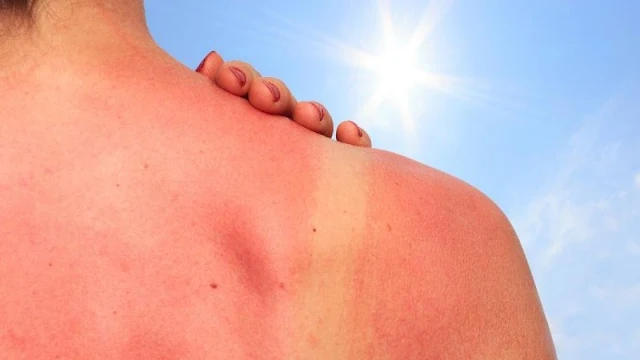How To Treat Vitiligo Sunburn
A Sunny Dilemma: How to Treat Vitiligo Sunburn
Introduction
Picture this: a bright, sunny day at the beach, the gentle waves lapping at the shore, and laughter in the air. Everyone is enjoying themselves, and you want to join in on the fun. However, if you have vitiligo, those cheerful rays of the sun can pose a unique challenge – the risk of vitiligo sunburn. In this article, we will explore what vitiligo sunburn is and how to treat it effectively without compromising your skin's health.
Understanding Vitiligo Sunburn
Vitiligo is a skin condition characterized by the loss of pigment in certain areas, resulting in white patches on the skin. When those white patches are exposed to the sun, they become particularly vulnerable to sunburn. Why? Because the melanin, which provides natural protection from harmful UV rays, is reduced or absent in these areas.
So, if you have vitiligo, you'll need to take extra precautions to prevent sunburn, as it can exacerbate the existing condition and potentially lead to skin damage. But don't worry; there are plenty of ways to enjoy the sun safely.
Sunscreen is Your Best Friend
The first and most crucial step in treating vitiligo sunburn is sunscreen. Look for a broad-spectrum sunscreen with a high SPF rating. This will protect your skin from both UVA and UVB rays. Apply a generous amount of sunscreen to the affected areas, ensuring complete coverage. Reapply every two hours when spending time outdoors, and more frequently if swimming or sweating.
Clothing for Protection
Another great way to shield your skin from harmful UV rays is by wearing protective clothing. Long sleeves, wide-brimmed hats, and sunglasses can help shield your face, neck, and other exposed areas from the sun's intense rays. Opt for lightweight, breathable fabrics to stay comfortable in the heat.
Seek Shade and Timing Matters
During peak sunlight hours, from 10 a.m. to 4 p.m., the sun's rays are the strongest. If possible, try to limit your sun exposure during these times. If you must be outside, seek out shade and take frequent breaks indoors to give your skin some respite.
Hydration is Key
Proper hydration is essential for everyone, especially when you're out in the sun. Drinking plenty of water helps keep your skin healthy and can aid in preventing sunburn. Staying hydrated also promotes overall skin health, potentially improving your vitiligo condition.
Cool Compresses and Aloe Vera
If you do experience vitiligo sunburn, don't fret. There are soothing remedies that can alleviate discomfort. Apply cool, damp compresses to the affected areas to reduce inflammation and provide relief. Aloe vera gel is also a fantastic natural remedy that can help calm the skin and promote healing. Ensure the aloe vera gel you use is pure and free of added chemicals or fragrances.
Consult a Dermatologist
For those with vitiligo, consulting a dermatologist is essential. They can provide personalized advice, recommend appropriate treatments, and monitor your skin's condition. In some cases, they may prescribe topical steroids or other treatments to manage vitiligo-related symptoms.
Embrace Your Uniqueness
While treating vitiligo sunburn is crucial, it's equally important to embrace your uniqueness. Vitiligo is a part of who you are, and it doesn't define your worth or beauty. Many people with vitiligo choose to show their skin with pride, inspiring others to do the same.
Conclusion
Vitiligo sunburn may present a challenge, but with the right precautions and treatments, you can enjoy the sun safely. Remember to prioritize sunscreen, protective clothing, hydration, and regular consultations with a dermatologist. Most importantly, embrace your uniqueness and the beauty of your skin. Vitiligo is a part of your story, and it's a story worth celebrating. So, next time you head out into the sunshine, do it with confidence, knowing you have the knowledge and tools to treat vitiligo sunburn effectively.


Post a Comment for "How To Treat Vitiligo Sunburn"